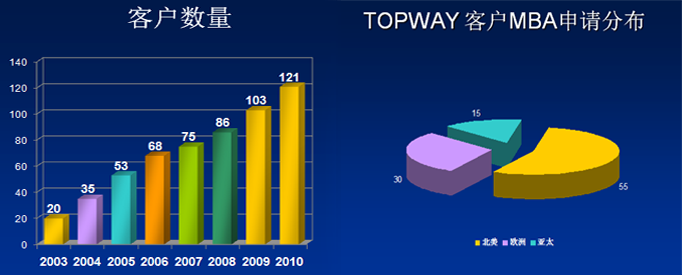|
 
- 精华
- 0
- 积分
- 1800
- 经验
- 1800 点
- 威望
- 179 点
- 金钱
- 179 ¥
- 魅力
- 179
|
Prep Test2- essay3
Test2- Essay #3. 114
Ethnohistoric documents from sixteenth-century Mexico suggesting that weaving and cooking were the most common productive activities for Aztec women may lead modern historians to underestimate the value of women's contributions to Aztec society. Since weaving and cooking occurred mostly (but not entirely) in a domestic setting, modern historians are likely to apply to the Aztec culture the modern Western distinction between "private" and "public" production. Thus, the ethnohistoric record conspires with Western culture to foster the view that women's production was not central to the demographic, economic, and political structures in sixteenth-century Mexico.
A closer examination of Aztec culture indicates that treating Aztec women's production in Mexico in such a manner would be a mistake. Even if the products of women's labor did not circulate beyond the household, such products were essential to population growth. Researchers document a tenfold increase in the population of the valley of Mexico during the previous four centuries, an increase that was crucial to the developing Aztec political economy. Population growth--which could not have occurred in the absence of successful household economy, in which women's work was essential--made possible the large-scale development of labor-intensive chinampa (ridged-field) agriculture in the southern valley of Mexico which, in turn, supported urbanization and political centralization in the Aztec capital.
But the products of women's labor did in fact circulate beyond the household. Aztec women wove cloth, and cloth circulated through the market system, the tribute system, and the redistributive economy of the palaces. Cotton mantles served as a unit of currency in the regional market system. Quantities of woven mantles, loincloths, blouses, and skirts were paid as tribute to local lords and to imperial tax stewards and were distributed to ritual and administrative personnel, craft specialists, warriors, and other faithful servants of the state. In addition, woven articles of clothing served as markers of social status and clothing fulfilled a symbolic function in political negotiation. The cloth that was the product of women's work thus was crucial as a primary means of organizing the flow of goods and services that sustained the Aztec state.
Question #8. 114-01
The author of the passage would be most likely to agree with which of the following statements about the documents mentioned in the first sentence of the passage?
(A) They contain misleading information about the kinds of productive activities Aztec women engaged in.
(B) They overlook certain crucial activities performed by women in Aztec society.
(C) They provide useful information about the way that Aztec society viewed women.
(D) They are of limited value because they were heavily influenced by the bias of those who recorded them.
(E) They contain information that is likely to be misinterpreted by modern-day readers.
Ans E) E)
Question #9. 114-02
According to the passage, Aztec women's cloth production enabled Aztec society to do which of the following?
(A) Expand women's role in agriculture
(B) Organize the flow of goods and services
(C) Develop self-contained communities
(D) Hire agricultural laborers from outside the society
(E) Establish a higher standard of living than neighboring cultures
Ans B) B)
Question #10. 114-03
Which of the following best describes the function of the third paragraph of the passage?
(A) It attempts to reconcile conflicting views presented in the previous paragraphs.
(B) It presents evidence intended to undermine the argument presented in the second paragraph.
(C) It provides examples that support the position taken in the first sentence of the second paragraph.
(D) It describes the contents of the documents mentioned in the first paragraph.
(E) It suggests that a distinction noted in the first paragraph is valid.
Ans C) C)
Question #11. 114-06
The passage is primarily concerned with
(A) using modern understanding of cultural bias to challenge ethnohistoric documents
(B) evaluating competing descriptions of women's roles in Aztec society
(C) comparing the influence of gender on women's roles in Aztec society and in modern society
(D) remedying a potential misconception about the significance of women's roles in Aztec society
(E) applying new evidence in a reevaluation of ethnohistoric documents
Ans D) D) |
|




